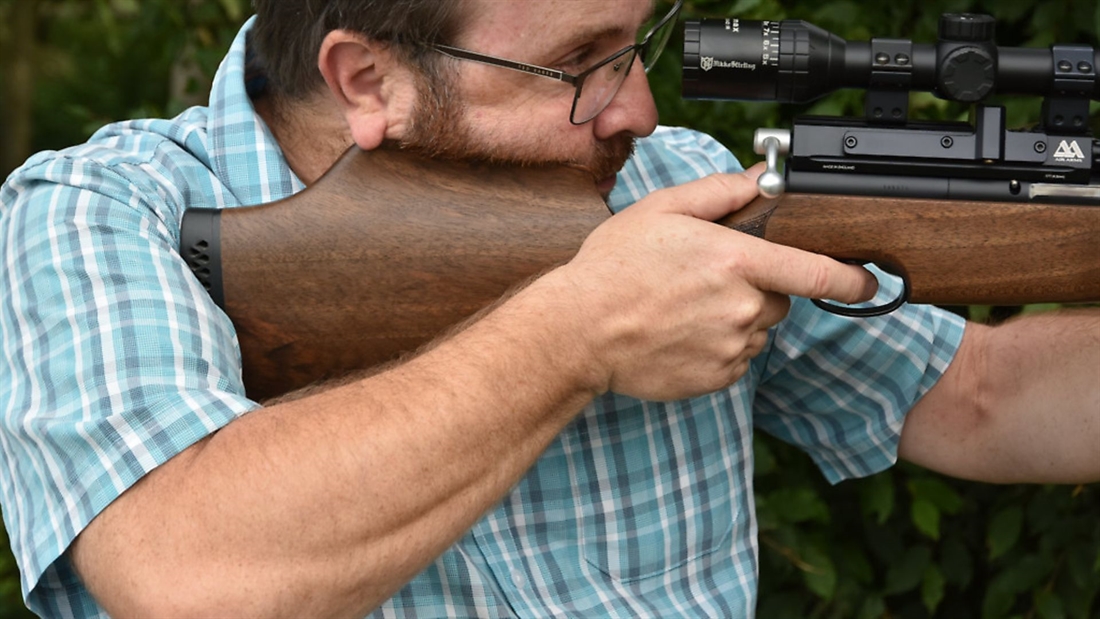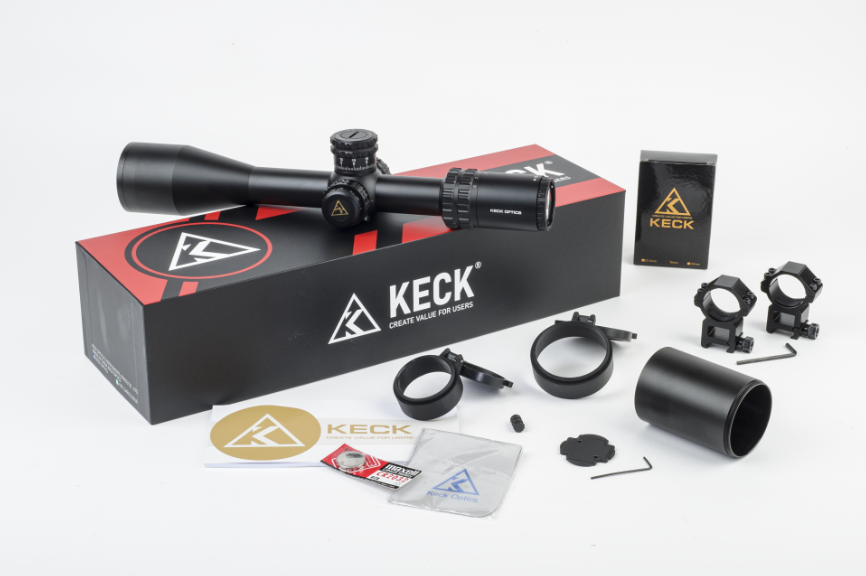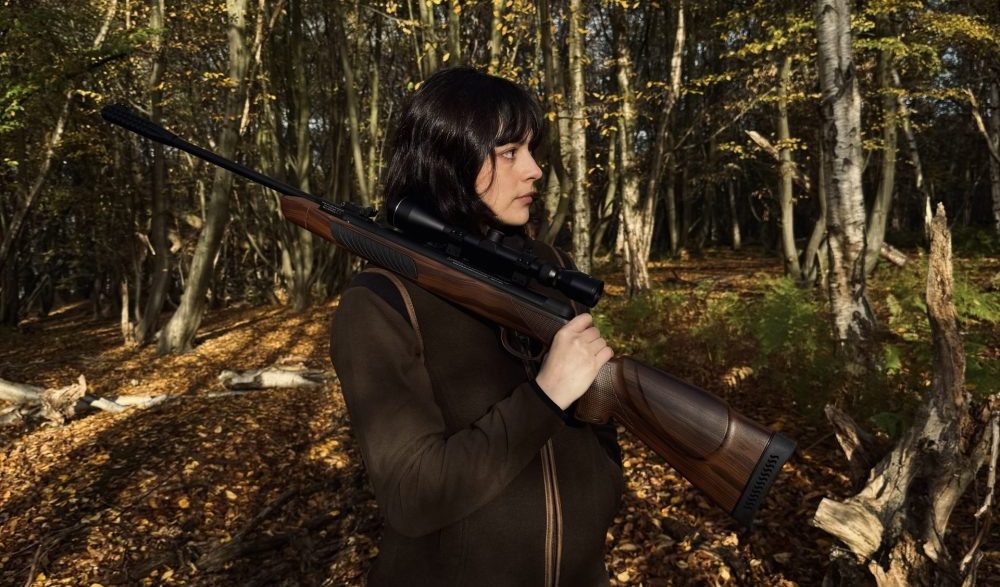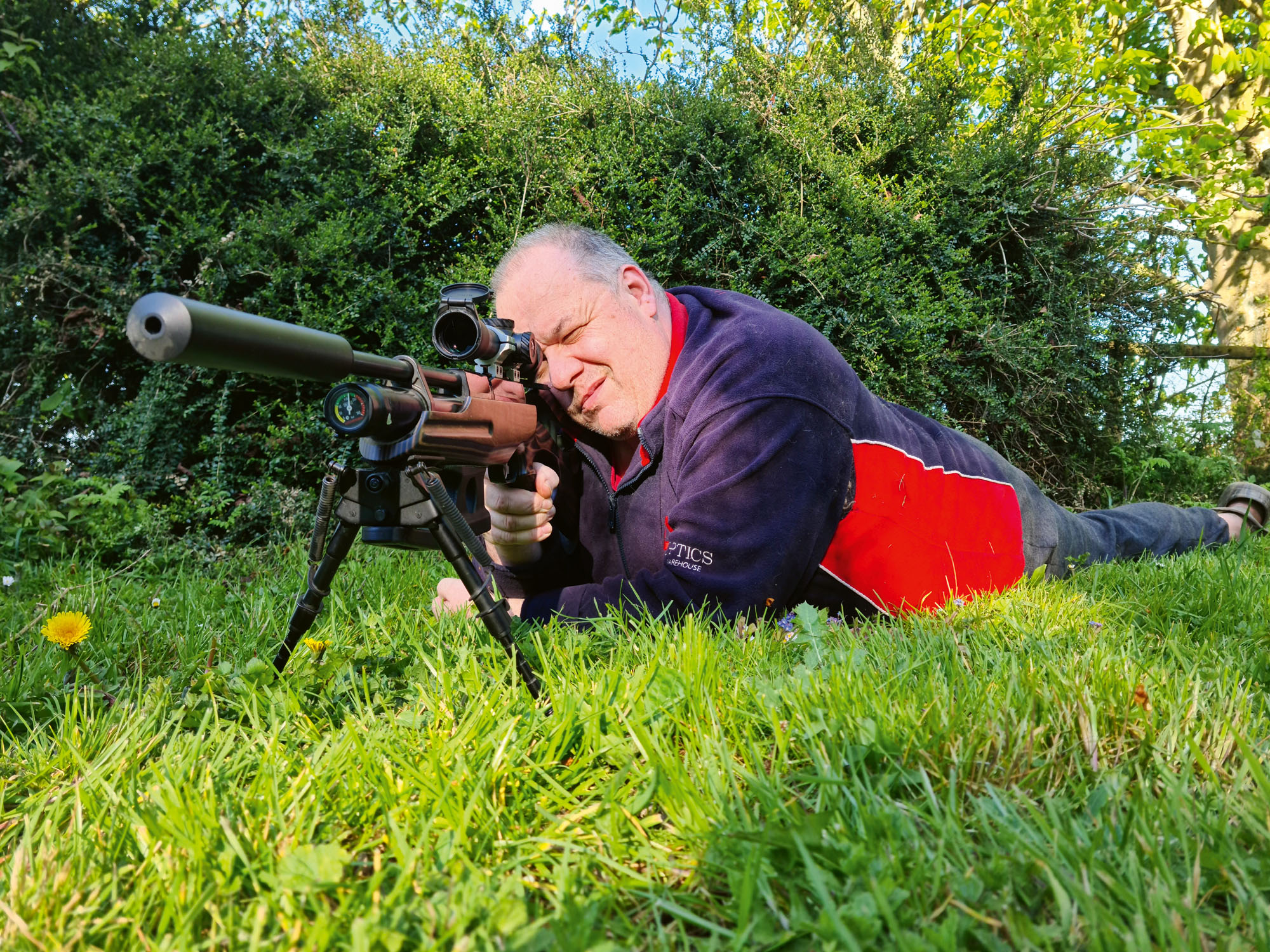How conscious relaxation can help your aim while shooting

Conscious relaxation is a little-known technique with big benefits, says the editor
Many people think that aiming a rifle is easy, and quite frankly, an obvious thing to do well. However it’s anything but; poor stance, being off-balance or too tense can all work against holding the aim properly. Naturally, this reduces your ability to hit your target consistently, which is frustrating and demotivating. During a recent discussion on this problem, a colleague showed me a technique that I’d never heard of – he’d been taught long ago. He described it as ‘conscious relaxation’ using a muscular technique that forces you to be aware of tension so that you can control it.
He said that if you just shoulder your rifle and try to steady your aim, you might well have tension of which you’re not aware. The technique is to go on aim using your best technique, and then consciously pull the rifle hard into your shoulder. Then relax all the muscles that are now tight, with full presence of mind. You can quite clearly feel them relax and any remaining tension stands out, this will allow you to investigate the cause of it, then no tension will be apparent and you can get on with the shot.
Sound foundations
It takes just seconds to do, and with practice can become an integral part of your mounting habit. Clearly, you must not shoot with the tension applied, especially with a springer, but you don’t need me to tell you that. As I’m sure you know, springers need to be held very lightly to achieve consistency because if you vary the grip-tension, shot-to-shot, the zero will be affected in a negative way.
Intrigued with the concept, I tried it out when running gun tests and a little bit at the range. I think that there’s something in it; I believe it focuses my mind on my body briefly, rather than purely at the target. Now, I know target focus is important as well, but the shooting process needs sound foundations and this relaxation is part of it. I’m going to stick with it for a few months to see if I can sense an improvement. It might well cut down on misses that in the past I’ve been unable to diagnose. You can check that your sights were zeroed and you can check the gun’s velocity after a miss, but you can’t recreate your hold to see if that’s where the error came from. Perhaps eliminating this source of problems could be the next step up in my performance.
__________________________________________________
Shooting in the prone position




